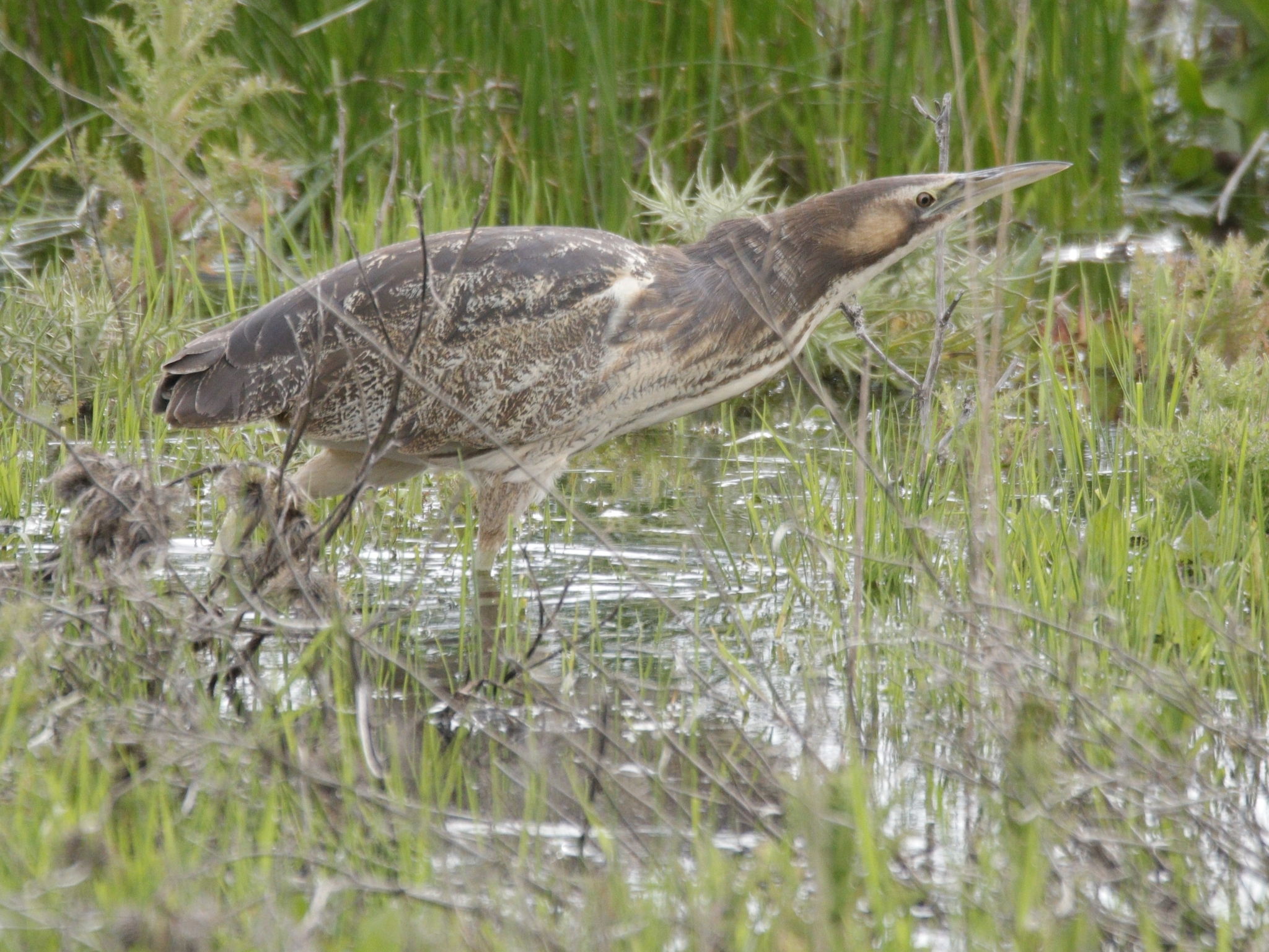Elected representatives in government are in charge of the policy and funding that can make or break saving threatened species. Their decisions and actions matter.
Wills has or used to have 14 threatened animals within its boundaries. One of them is me, the Australasian Bittern.
We took care to attach appropriate images that are as close to representative of each species as our resources and the availability of images allowed. However, we could not ensure perfect accuracy in every case. Some images show species that share the same genus but not at the species or subspecies level.
Australasian Bittern
Botaurus poiciloptilus
Status: Endangered
The Environment Protection and Biodiversity Conservation Act 1999 (EPBC Act) lists threatened species under six categories:
Extinct, Extinct in the wild, Critically Endangered, Endangered, Vulnerable, Conservation dependent. Read more about these categories
Botaurus poiciloptilus is found across 145 electorates.
The Australasian bittern is a secretive, stocky, heron-like bird, living in wetlands where it forages. Bitterns are very well camouflaged and can be difficult to spot in the reeds and rushes. On occasion they will even sway in time with reeds to blend into their surroundings. The distinctive booming call of males gives them away.¹
Explore more about this species on the Atlas of Living Australia





Explore more about the threats facing species on our Resources page.
- River Swamp Wallaby-grass (Amphibromus fluitans)
- Matted Flax-lily (Dianella amoena)
- Sunshine Diuris (Diuris fragrantissima)
- Clover Glycine (Glycine latrobeana)
- Basalt Pepper-cress (Lepidium hyssopifolium)
- Plains Rice-flower (Pimelea spinescens subsp. spinescens)
- Large-fruit Fireweed (Senecio macrocarpus)
- Swamp Fireweed (Senecio psilocarpus)
- Swamp Everlasting (Xerochrysum palustre)
You are in federal electorate Wills.
